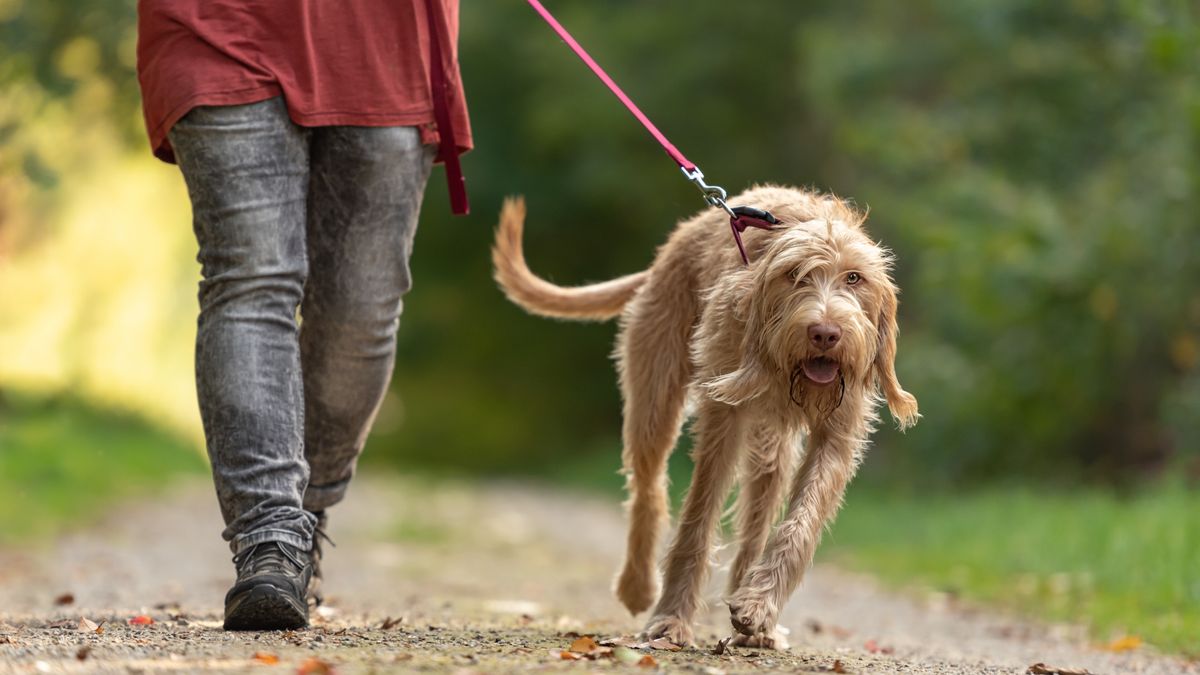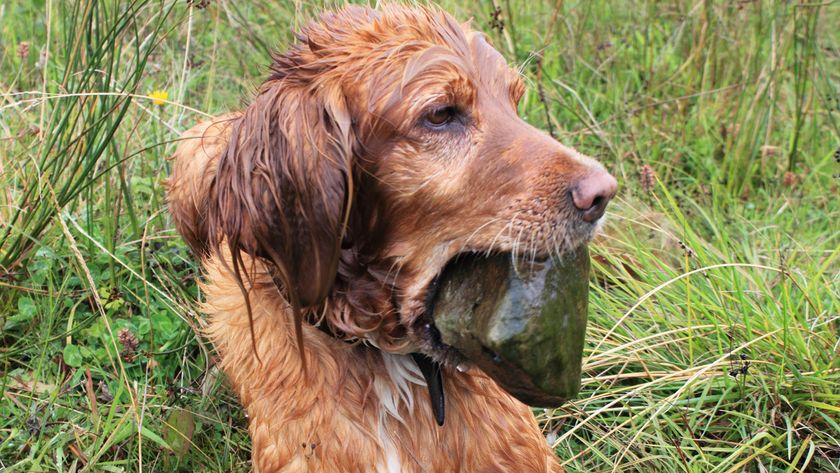Trainer shares five simple loose leash walking tips to stop pulling in its tracks
Perfect your dog’s loose leash walking skills with these five tips from an expert trainer

Loose leash walking can be a challenging skill to train. Not only does walking on a leash feel unnatural to a dog, but the many distractions in the environment can make it challenging for them to stay focused.
As pet parents, we often make a range of common loose leash walking mistakes that increase the challenge level for our dogs and make pulling almost inevitable.
The good news is, it's completely possible to teach your dog to walk well on a loose leash — and it's nowhere near as difficult as you might think.
In a video shared to Instagram, qualified trainer and behaviorist Nikki Mather shares her top five tips to stop pulling in its tracks. Read on to find out what they are...
A post shared by Positive Steps Dog Training (@positivestepsdogtraining)
A photo posted by on
1. Choose an easy environment: "This goes for anything that you begin to train, not just LLW," says Mather "Set your dog up for success by choosing an easy environment to begin with, with minimal distractions. This may even be your living room or back garden!"
2. Reward when they're close: "Increase the value in how good it is to stay by your side by rewarding them when they’re close to you. What gets rewarded gets repeated! This helps them to understand exactly what it is you WANT them to do."
3. Reward when they check in: "If they’re looking at you, they also can’t be pulling on the lead...it’s physically not possible," explains Mather. "Looking at you and pulling on the lead are mutually exclusive. If you reward the check ins, you get less pulling."
PetsRadar Newsletter
Get the best advice, tips and top tech for your beloved Pets
4. Use a longer leash: "If your lead is super short, you’re pretty much encouraging a pull. By using a slightly longer lead, you give your dog a little more freedom to move/have a sniff, without always putting tension into the lead"
5. Let them sniff: "Sniffing is hugely rewarding for our dogs," Mather says. If they’ve been walking well and they stop to sniff, let them! Sniffing is mentally enriching, so you’ll be tiring them out more as well as meeting one of their basic needs."
Mather points out that it's important to remember that asking your dog to walk with you on a leash is unnatural for them — which is why positive reinforcement is so crucial.
"You’re asking them to walk at a slower pace, in a straight line, with no freedom of movement. Think less about correcting them when they’re wrong (e.g. yanking the lead), and more about rewarding when they get it right."

Kathryn is a freelance writer who has been a member of the PetsRadar family since it launched in 2020. Highly experienced in her field, she's driven by a desire to provide pet parents with accurate, timely, and informative content that enables them to provide their fur friends with everything they need to thrive. Kathryn works closely with vets and trainers to ensure all articles offer the most up-to-date information across a range of pet-related fields, from insights into health and behavior issues to tips on products and training. When she’s not busy crafting the perfect sentence for her features, buying guides and news pieces, she can be found hanging out with her family (which includes one super sassy cat), drinking copious amounts of Jasmine tea and reading all the books.












